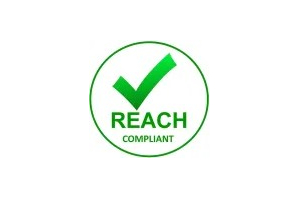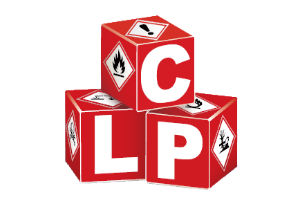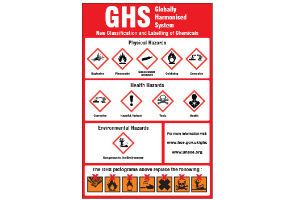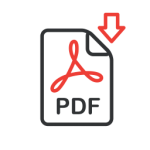REACH REGULATION
REACH is short for 'registration, evaluation, authorisation and restriction of chemical substances and mixtures'. It came into force on 1 June 2007. This is a Regulation of the European Union, which aims to improve the protection of human health and the environment against the risks that chemicals may present, while enhancing the competitiveness of the EU chemical industry. The Regulation also promotes alternative methods for the assessment of the danger of substances in order to reduce the number of animal trials.
PRODUCTS SUBJECT TO REACH REGULATION
in principle, REACH applies to all chemicals; not only those used in industrial processes, but also those used in our day-to-day, like cleaning products, paintings or items such as clothing, furniture and electrical devices. So, the rules affect most EU companies.
At REACH, the responsibility to ensure that manufacturing, marketing and use of substances is safe, falls on companies. To comply with regulations, companies must identify and manage the risks associated with substances that are manufactured and marketed in the EU. Companies must demonstrate to the European Chemicals Agency (from now on, Take, European Chemicals Agency), how the substance can be used safely and should report risk management measures to users.
When risk management is not possible, Authorities may limit the use of substances in different ways. Long-term, the most dangerous substances should be replaced by substances that pose less danger.
CLP REGULATION (Classification, Labelling and Packaging)
The CLP Regulation addresses the classification, labelling and packaging of hazardous substances. To determine whether a substance or mixture should be classified as hazardous, an analysis of its properties should be carried out. Once these properties are identified and the substance or mixture is subsequently sorted, manufacturers, Importers, intermediate users and distributors of substances and mixtures, as well as producers and importers of certain specific items, they must communicate the identified hazards of such substances or mixtures to other agents in the supply chain, including consumers. Hazard labelling allows the user to communicate the hazard classification of a substance or mixture, in order to alert you to the presence of a hazard and the need to manage the associated risks.
Like the REACH Regulation, Regulation (EU) n. º 528/2012 about biocidal products, Regulation (CE) n. º 1107/2009 on plant protection products and the CLP Regulation are closely interrelated, it is recommended to plan the procedures relating to the CLP in conjunction with those related to the REACH Regulation, and these other regulations, If applicable.
European Chemicals Agency
The European Chemicals Agency (ECHA or "the Agency") is an EU body originally established for the purpose of managing the REACH Regulation. The Agency plays an important role in the implementation of the REACH and CLP Regulations (as well as the Biocidal Products Regulation and the PIC7 Regulation), to ensure coherence across the EU.
GHS (Globally Harmonised System)
GHS refers to the Globally Harmonized Chemical Classification and Labeling System. It is a voluntary system to harmonize hazard classification criteria and communication elements on chemical-related hazards around the world.
GhS is not a regulation; is a framework or guideline for the classification and labelling of chemicals. However, requirements for specific hazard criteria, classification processes, labeling elements and safety data sheets (sds) within the existing system in any region should be amended to match the harmonised elements of the GHS.
WHAT BUROTEC HAS TO OFFER
Thanks to our experience of more than 30 years with different types of processing to obtain certifications applicable to products, our technicians will provide you with personalized attention (product by product). Burotec advises you on whether your equipment or device is subject to any European Directive and the procedure for obtaining your certification. The main actions to be carried out would be:
-
Performing the entire registration process in the REACH database, until the relevant authorisation is obtained, drawing up all the required documentation.
-
Carrying out the necessary documentation in relation to the CLP Regulation, which addresses the classification, labelling and packaging of hazardous substances.
-
Indication of Classification and Labelling with respect to the GHS system.




